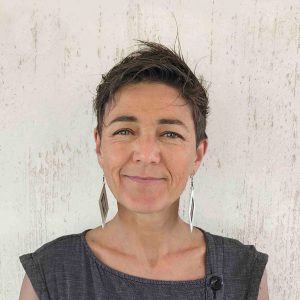
08 Oct IMAGE, ART AND POWER [Image]
Visual culture links to power systems, either by transmitting or perpetuating dominant structures, or by questioning and attempting to subvert them. Consider, for example, the use of imagery as a soft power tool for public diplomacy, or the visual activism of the Black Power movement. To understand how visual imagery can be used to support power, we must also understand what systems of power exist within the constructs of art and visual studies. Our aim is to explore how cultural production shapes our understanding of social dynamics, through our collective interpretation of visual art, photojournalism, films, fashion, architecture and media imagery.
This course is aimed at those who want to be acquainted with art histories and visual culture, but also to those who wish to think critically about power, while becoming conversant with the perspectives and mechanisms at work in the imagery all around us. The learning process includes some image-based tasks (no drawing skills required) in addition to written work designed to deepen the understanding of the theories discussed. Thinking through different geographical and chronological environments will strengthen historical knowledge and provide tools for building richer intercultural connections.
Cristina Nualart
Cristina Nualart loves how pictures can make us laugh, cry, get angry or feel sympathetic. She holds a PhD in Art History (Madrid) and an MA in the Creative Economy (London). Her research is directed towards art and visual culture, with a particular interest in feminism and gender studies. She is an academic member of two research groups focused on Asian art and visual culture: GIA (Grupo de Investigación Asia, Complutense University Madrid), and VASDiV (Visual Activism and Sexual Diversity in Vietnam Research Network, Art and Humanities Research Council/GCRF grant, UK). In Spain, she has developed courses for Casa Asia and worked on projects led by Dirección General de Patrimonio de la Comunidad de Madrid. She has given talks in institutions such as Museo Thyssen, Museo Nacional de Escultura, IVAM, Matadero Madrid and Museo Reina Sofía.

